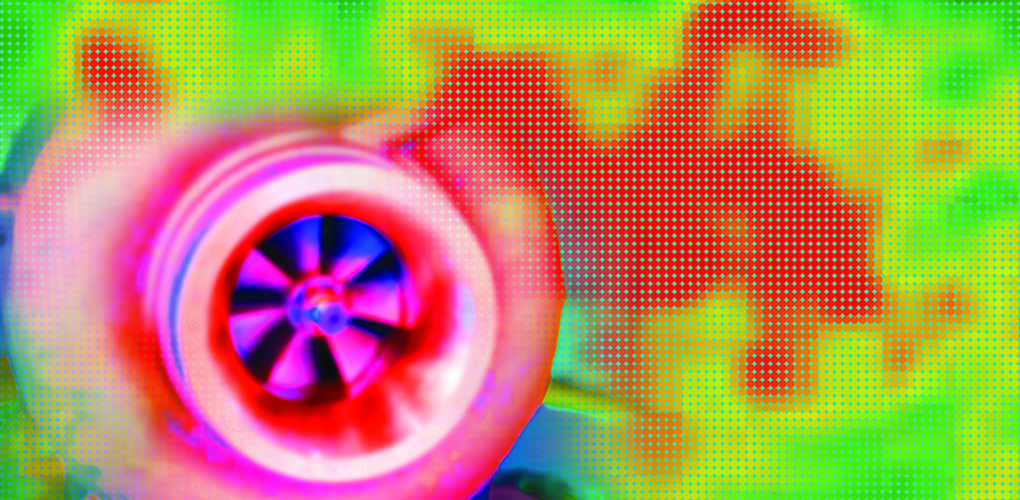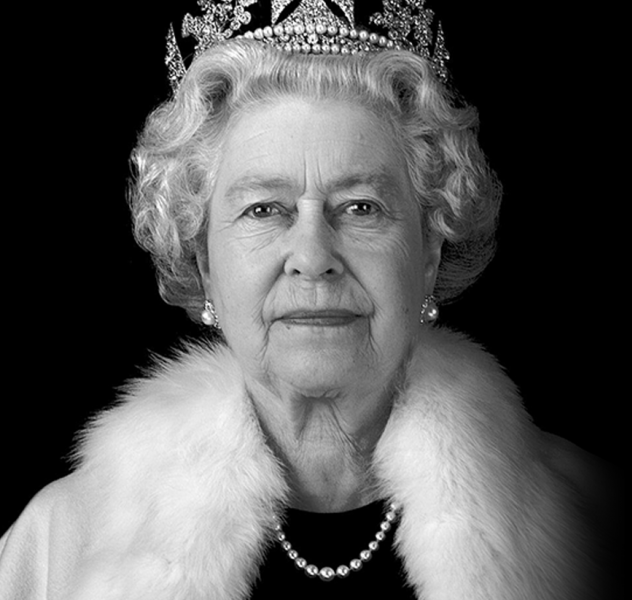
If a vehicle is suffering from lack of power, the exhaust is smoking excessively, or there are abnormal whirring noises, it could be because the turbocharger is overheating.
Product Manager, Tom Wright, explains the symptoms, causes, and the steps that vehicle technicians can undertake to prevent an untimely turbocharger failure.
“If a turbocharger is suspected of overheating, it’s critical to undertake a thorough inspection, as it can cause serious issues in the long term,” says Wright. “While it’s not a reversible process, complete failure can be prevented if problems are diagnosed and resolved quickly.”
Turbocharger specialists can establish if a turbocharger has been affected by overheating by conducting a thorough examination of the internal components.
“The heat-soak effect sustained during periods of overheating will cause discolouration to the turbine shaft and bearing housing, as well as internal components, such as the thrust washer and flinger, without necessarily displaying other symptoms of excess wear,” comments Wright.
If the issue is not addressed, this can lead to sections of the turbocharger turbine blades displaying becoming fractured, bent, or damaged. Furthermore, excessive heat can cause carbonisation of the lubricating oil, leading to catastrophic turbocharger failure.
Thankfully, preventing overheating conditions and the resultant strain on a turbocharger is relatively straightforward.
“Vehicle technicians should check that there are no leaks in the cooling lines, and that on diesel-powered vehicles, the DPF is not blocked. Drivers can also take steps to ensure longevity of their car’s turbocharger by giving it time to cool after long journeys,” says Wright.
For more information on us, including technical resources or how to find your nearest turbo specialist, please contact us or visit www.melett.com
Other technical articles:
How a blocked diesel particulate filter can damage a turbocharger
Remanufactured turbochargers offering cost savings as inflationary pressures bite


